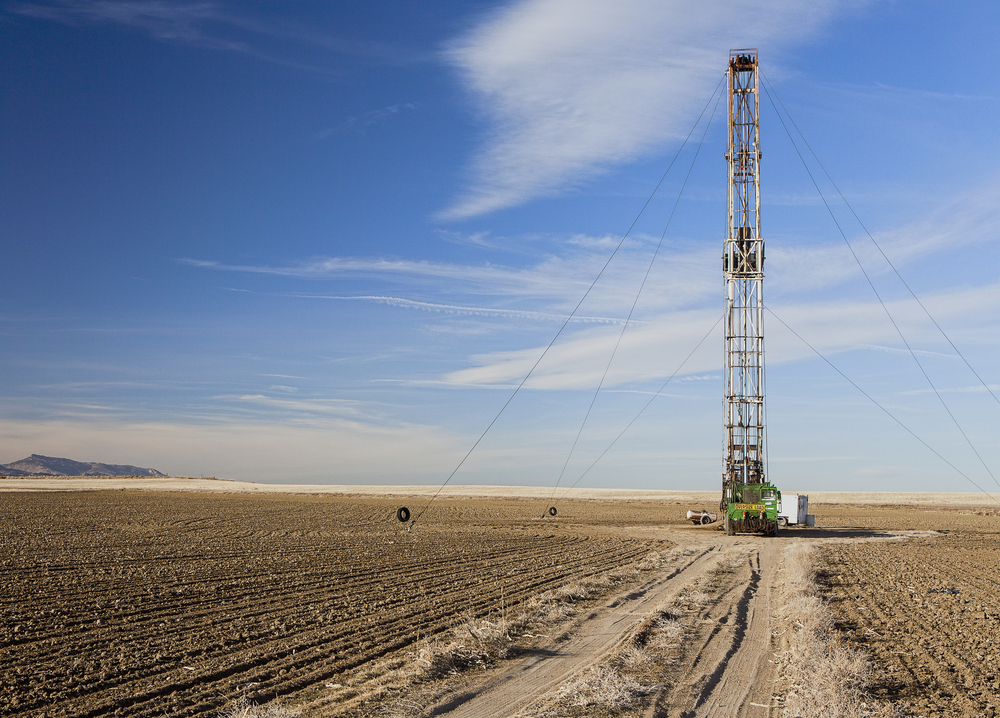
Industrial activity increasingly responsible for earthquakes
For as long as people have been digging minerals out of the ground, rockfalls and tunnel collapses have been recognized as hazards. But over the last hundred years, we have learned that industrial activity like mining can induce earthquakes large enough to be dangerous.
Water reservoir impoundment, extraction of conventional gas and oil, geothermal energy production, and fracking are just a few earthquake-inducing industrial activities. An oil and gas company based in the Netherlands, Nederlandse Aardolie Maatschappij BV, commissioned a comprehensive study to review potentially seismogenic industrial activity across the globe.
Many scientists involved in the study were shocked to find just how broad the scope of seismogenic industrial activity turned out to be. And as industry continues to flourish, the danger of induced earthquakes increases. Additionally, they found that the smaller earthquakes caused by industrial activity can trigger much larger ones, with extremely damaging consequences.
Their survey found that mining related activity accounted for over 37% of human-induced earthquakes. As mining industries have expanded, the scale and depth of the mines must increase to satisfy demand. Worldwide, the total amount of rock removed by mining easily amounts to tens of billions of tons annually. That’s twice the amount 15 years ago, and the amount is expected double over the next 15 years. As those mines continue to expand, induced earthquakes become larger and occur more frequently. The scale of damage and fatalities caused by the quakes also increases.
The report also finds that the filing of large water reservoirs behind dams induces more than 23% of earthquakes, with 170 reservoirs across the world leading to earthquake activity.
Geothermal steam production, as well as the pumping of water and materials like carbon dioxide and natural gas underground have also been associated with induced earthquakes.
Hydraulic fracturing, commonly called ‘fracking,’ which is designed to generate small earthquakes by fracturing shale rock formations deep underground, is responsible for nearly 4% of human-induced earthquakes.
The erection of heavy superstructures, like the 700 -megaton Taipei 101 building in Taiwan, can also induce more frequent earthquakes of larger magnitudes.
The study, led by Durham University professor of Geophysics Gillian Fougler, suggests that “rare and devastating earthquakes are a fact of life on our dynamic planet, regardless of whether or not there is human activity.”
“Our work suggests that the only evidence-based way to limit the size of potential earthquakes may be to limit the scale of the projects themselves. I practice, this would mean smaller mines and reservoirs, less minerals, oil and gas extracted from fields, shallower boreholes and smaller volumes injected.”
Jon Gluyas and Miles Wilson, both of Durham University, were also contributors to the study.
“A balance must be struck between the rowing need for energy and resources and the level of risk that is acceptable in every individual project.”
—
By Darryl Joseph, Earth.com Staff Writer













